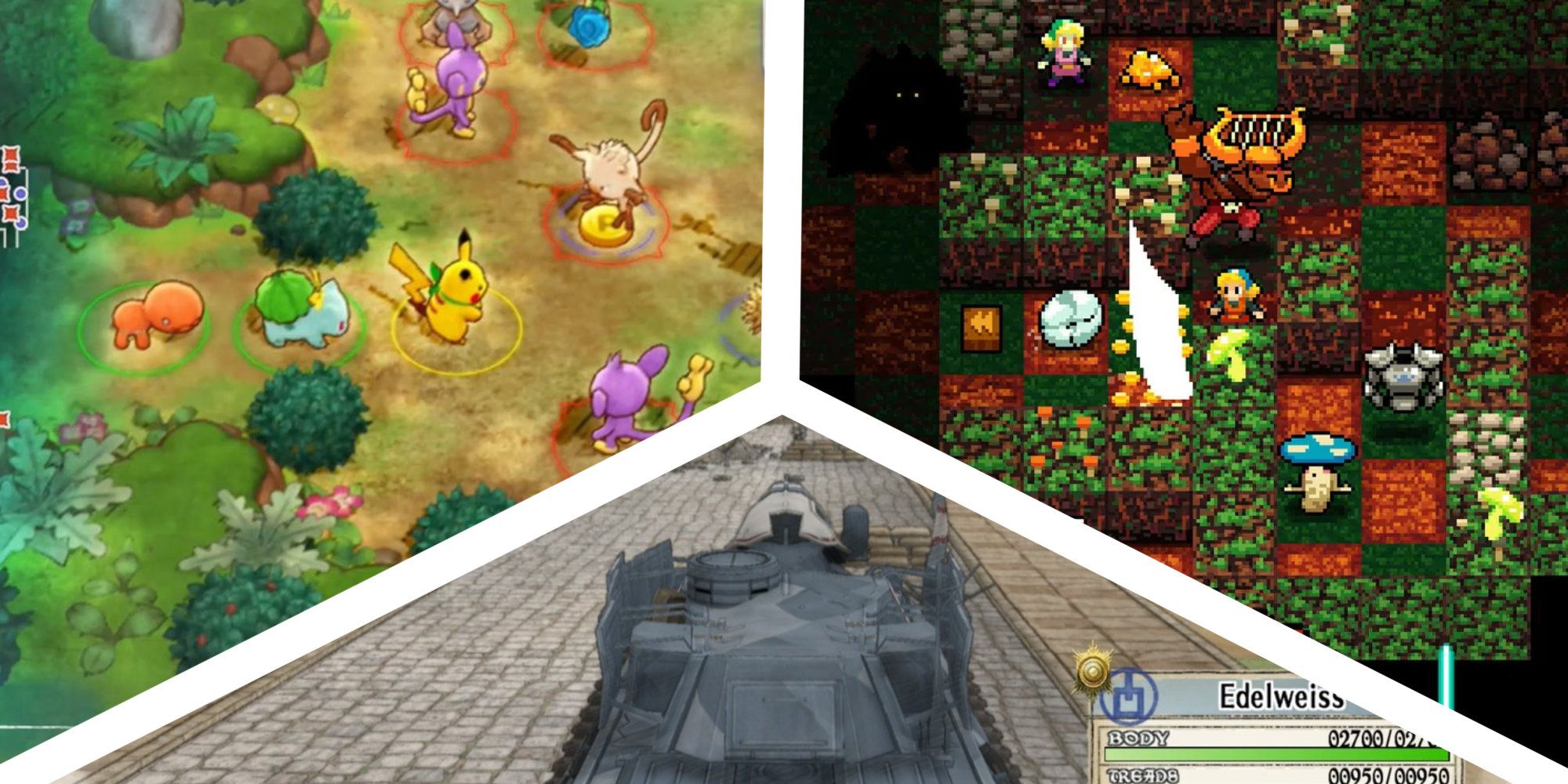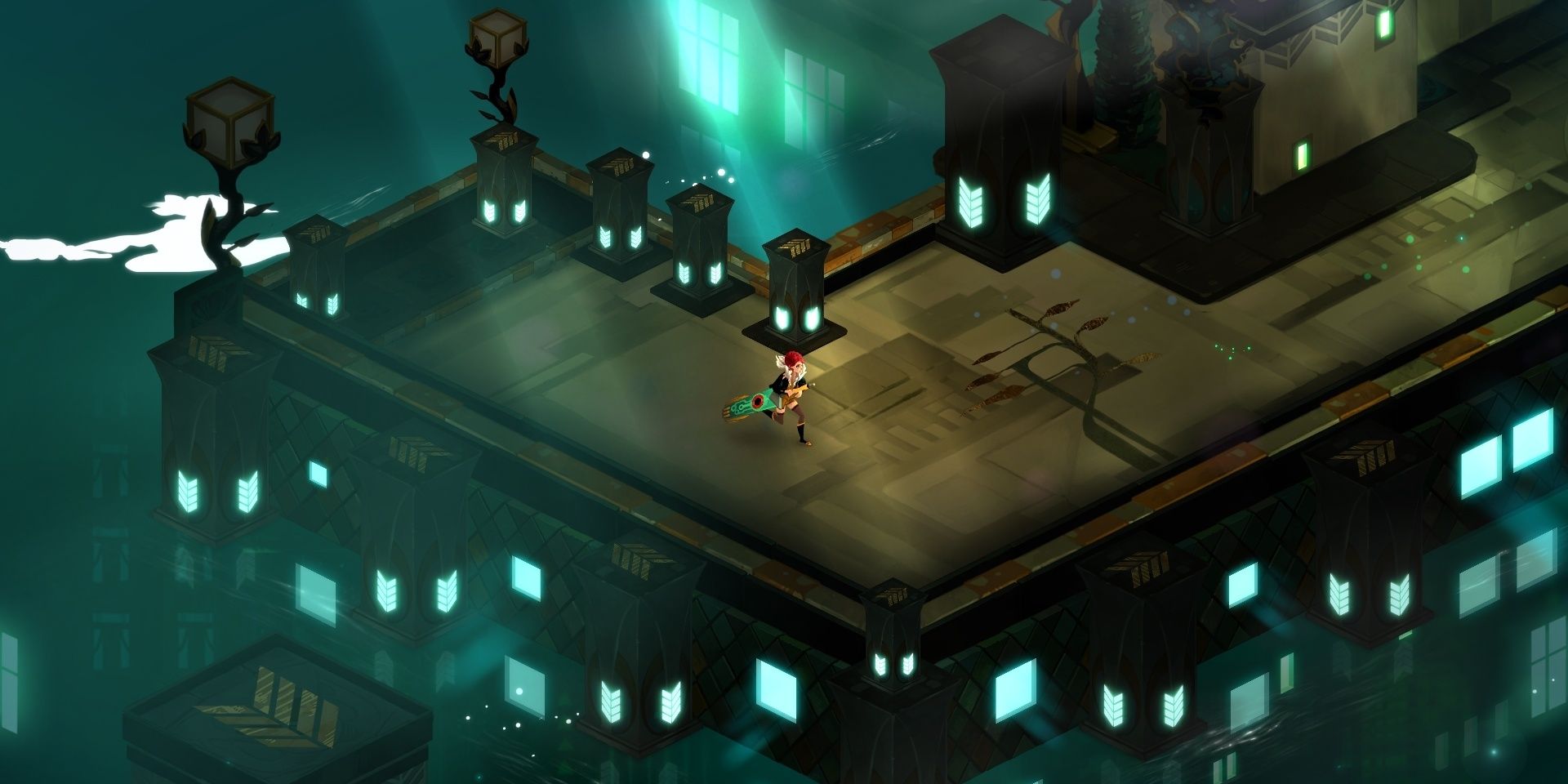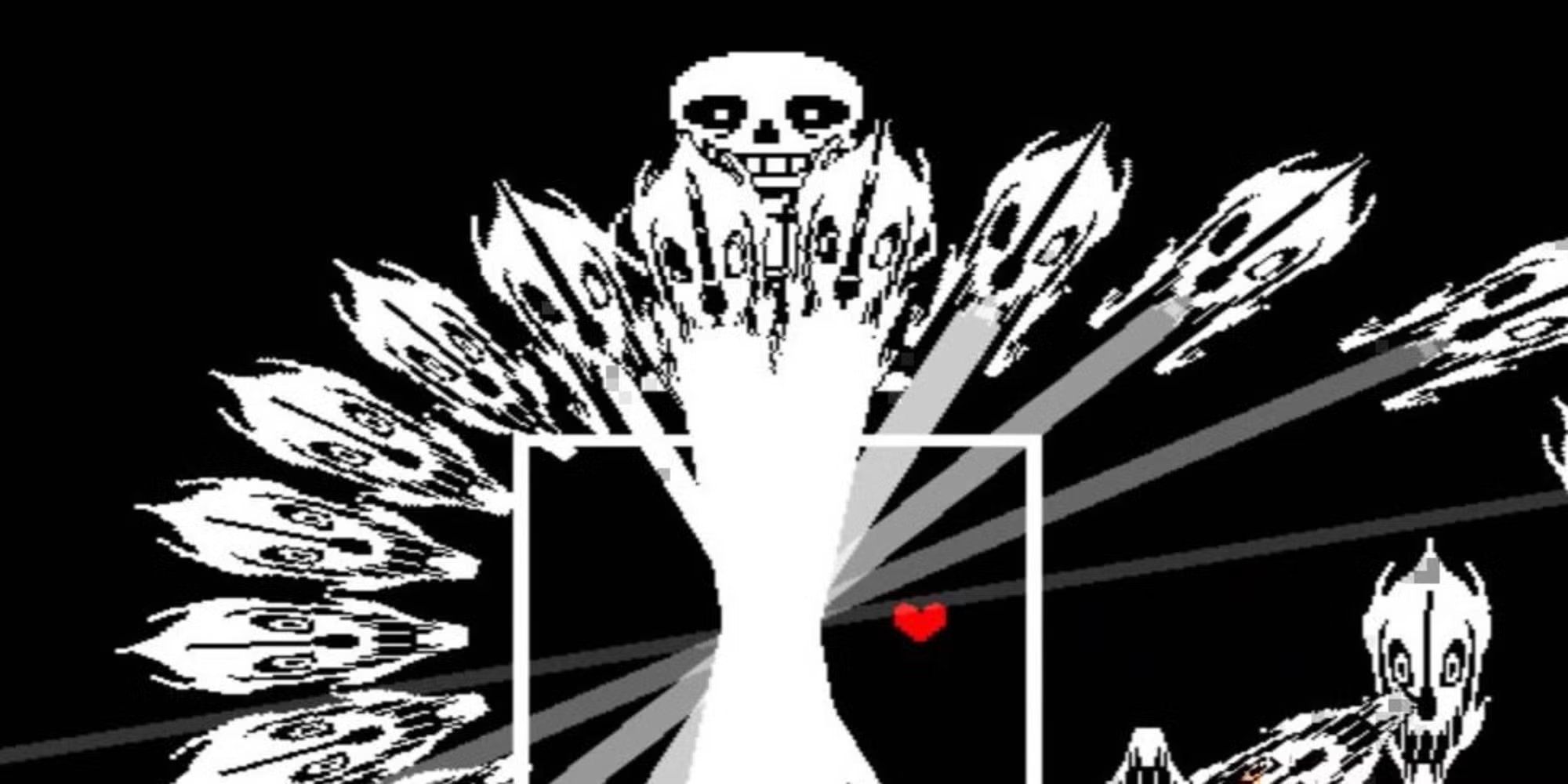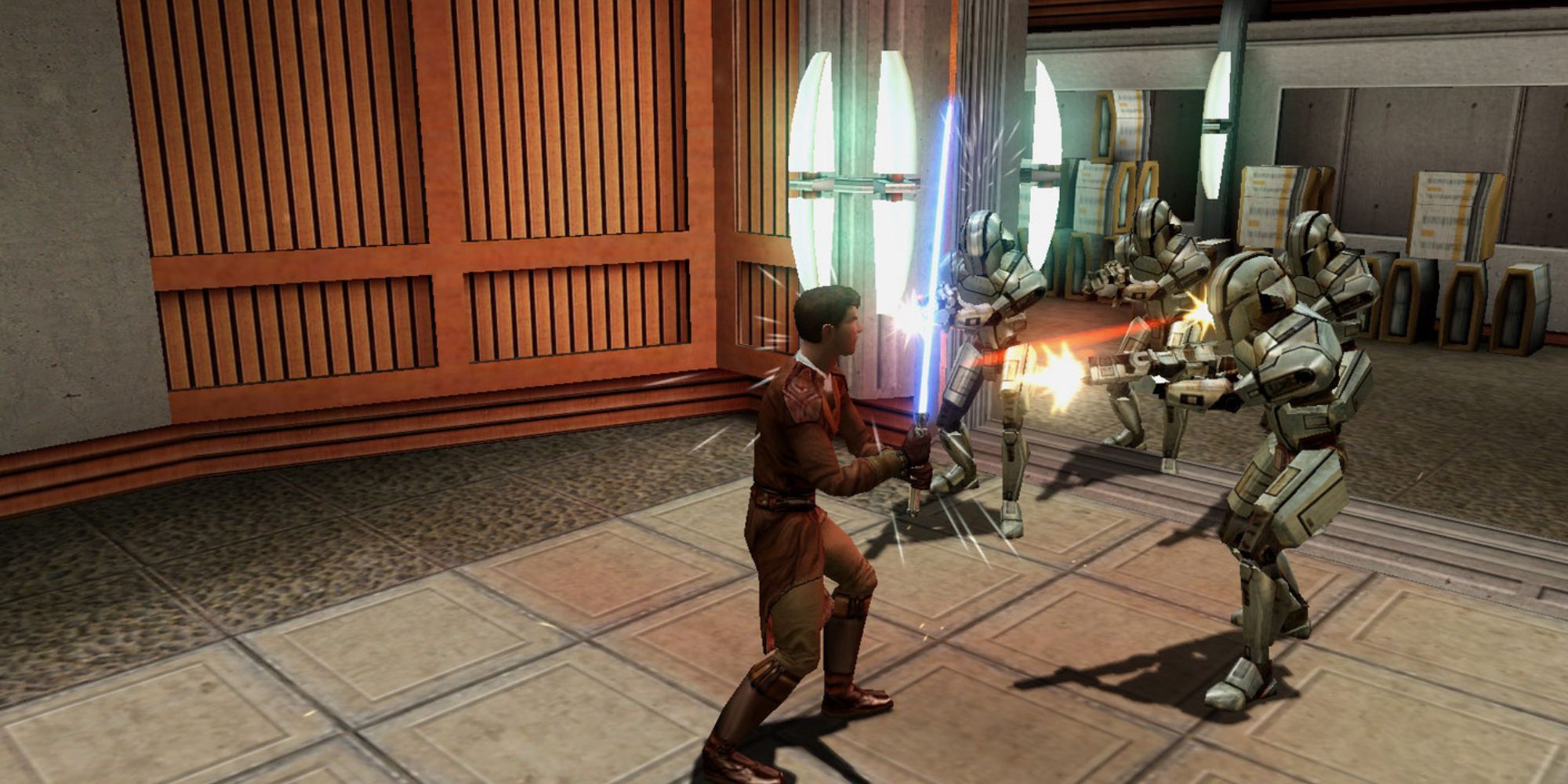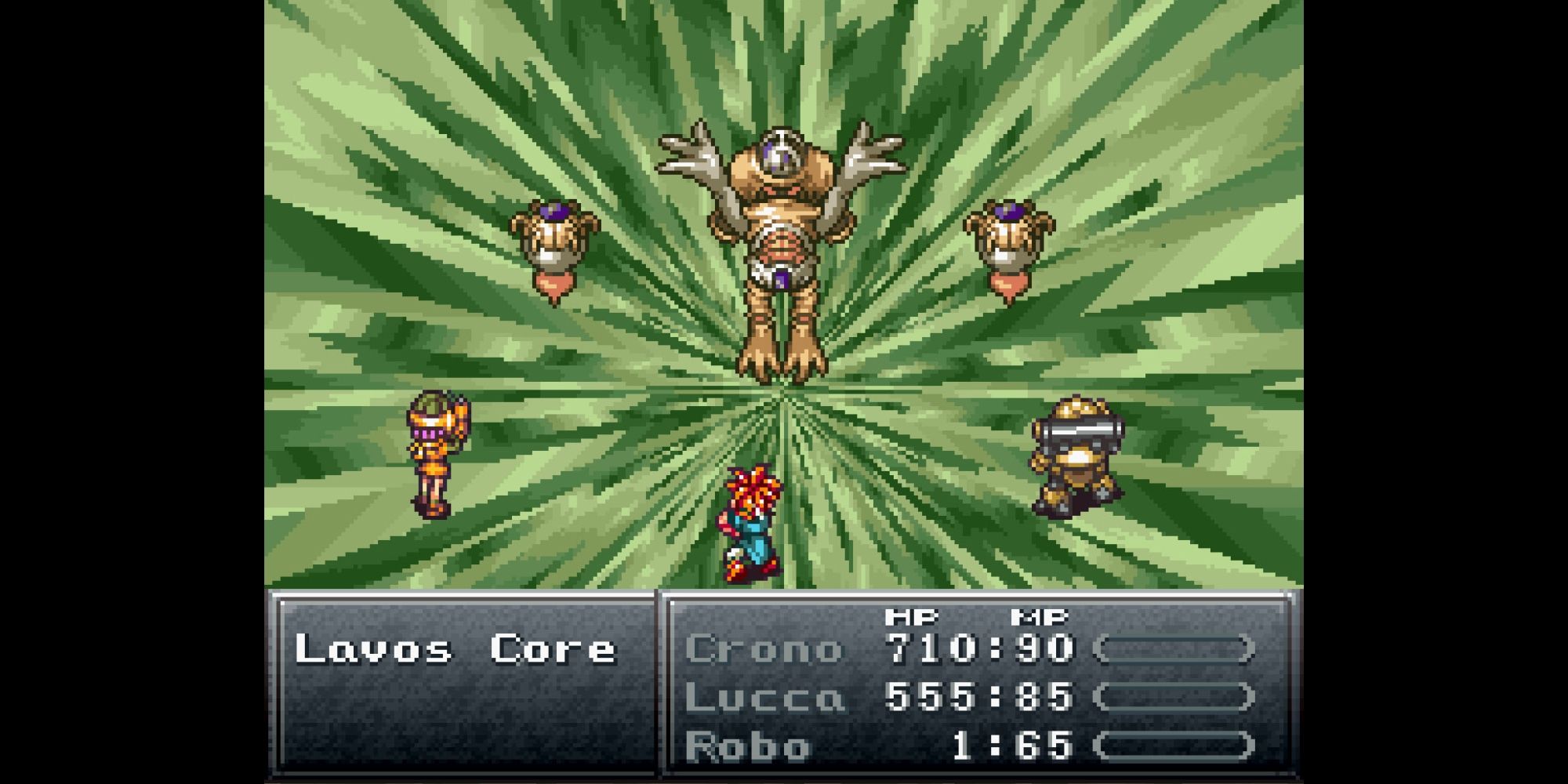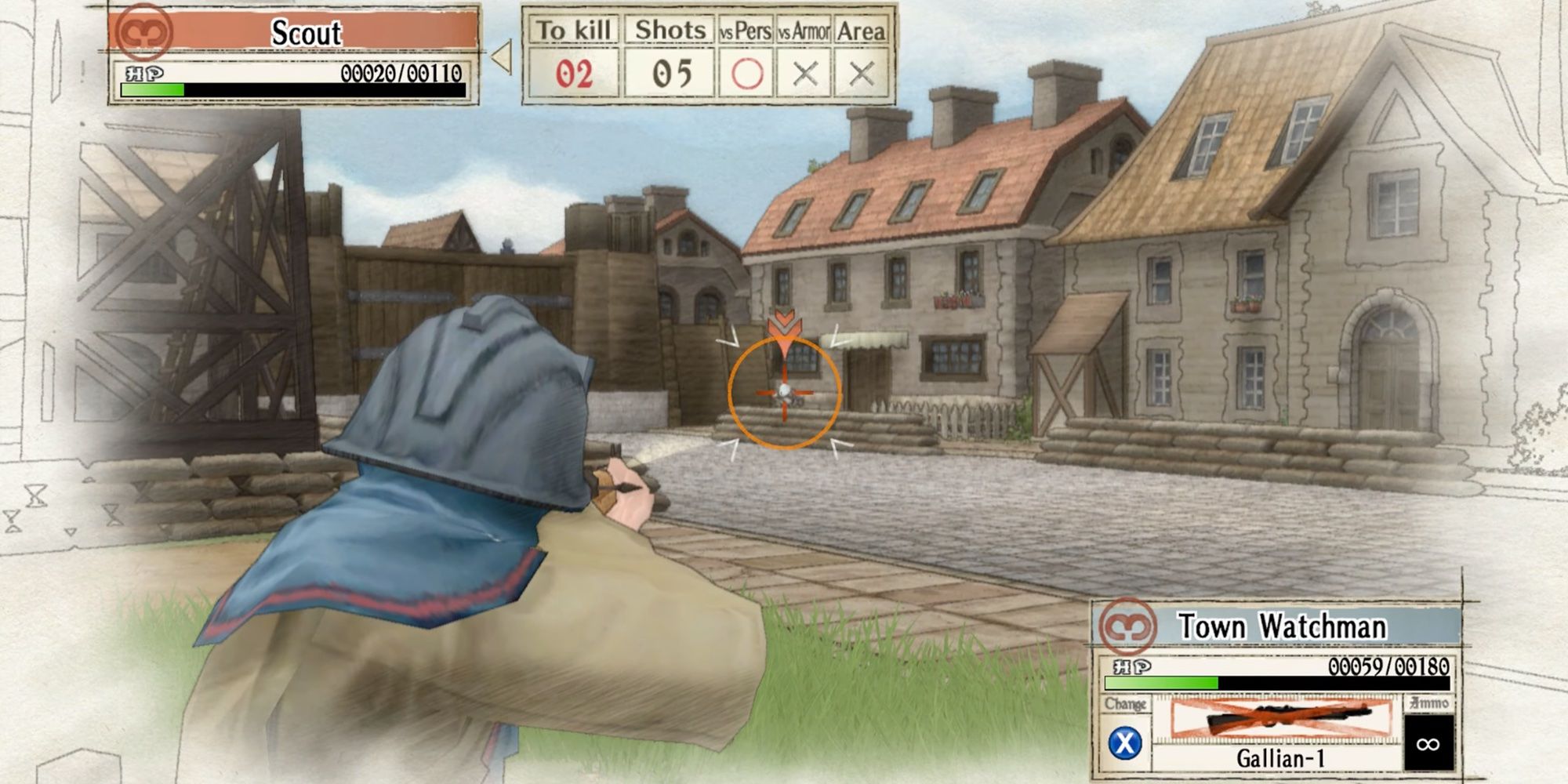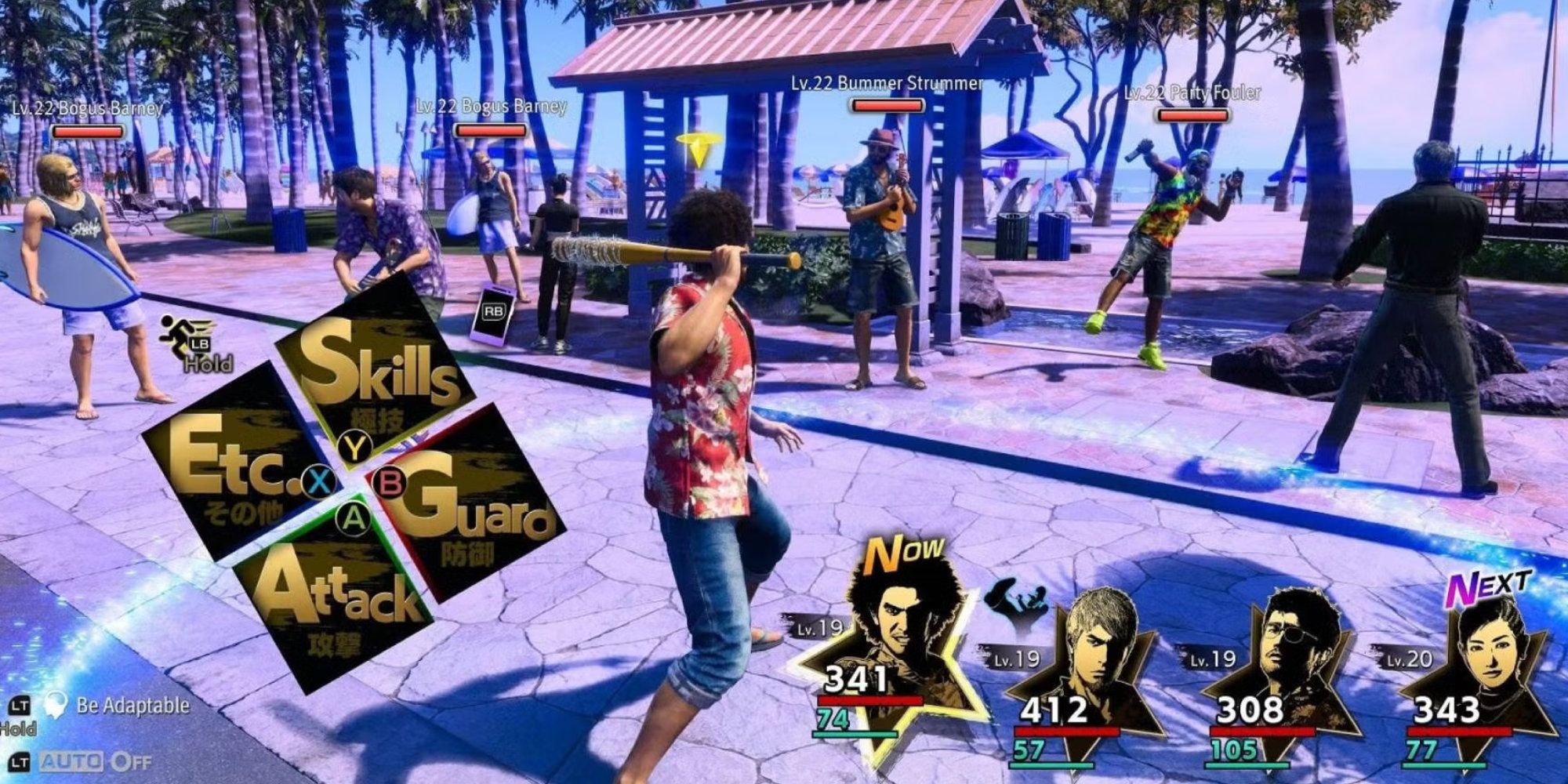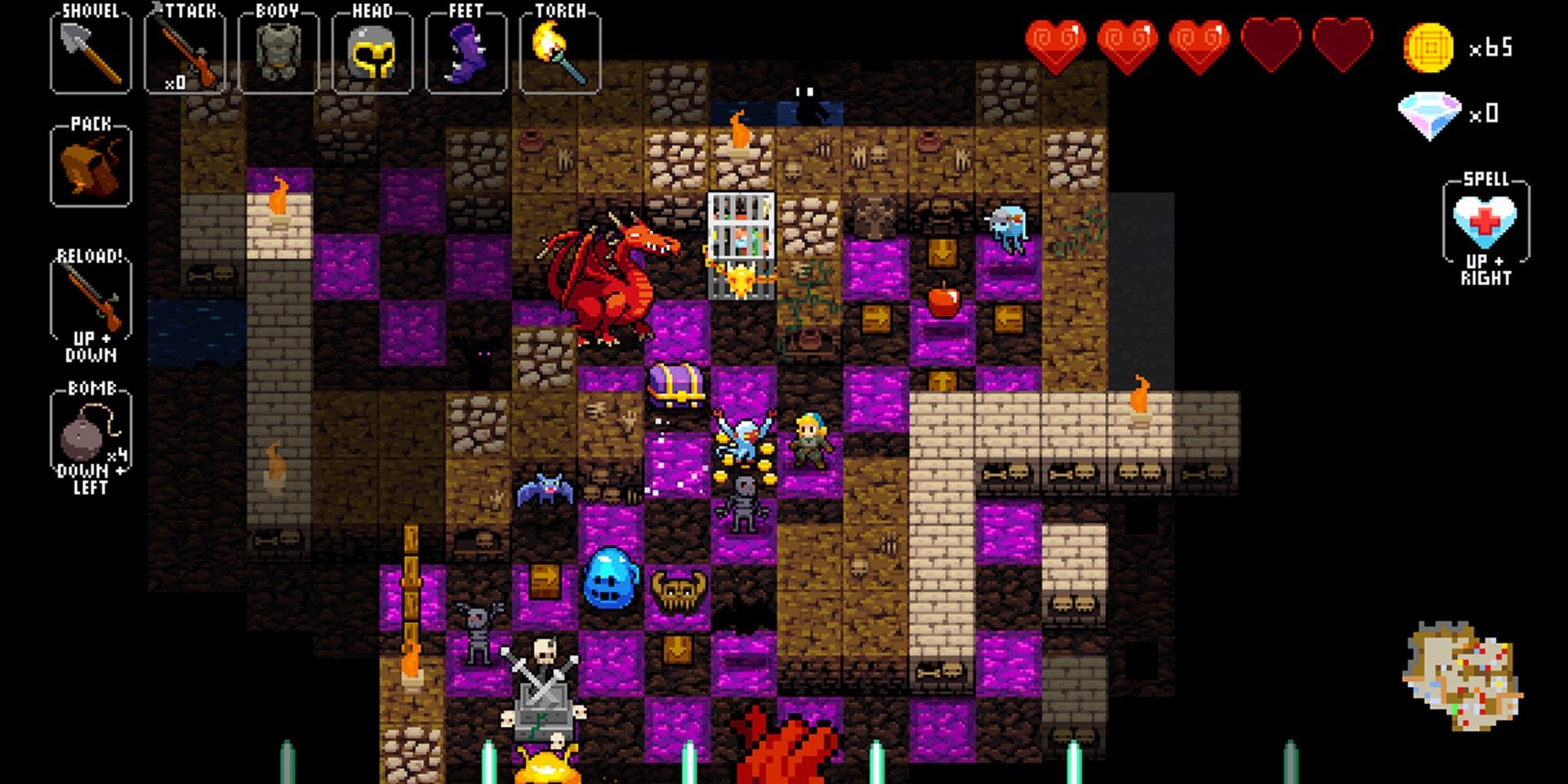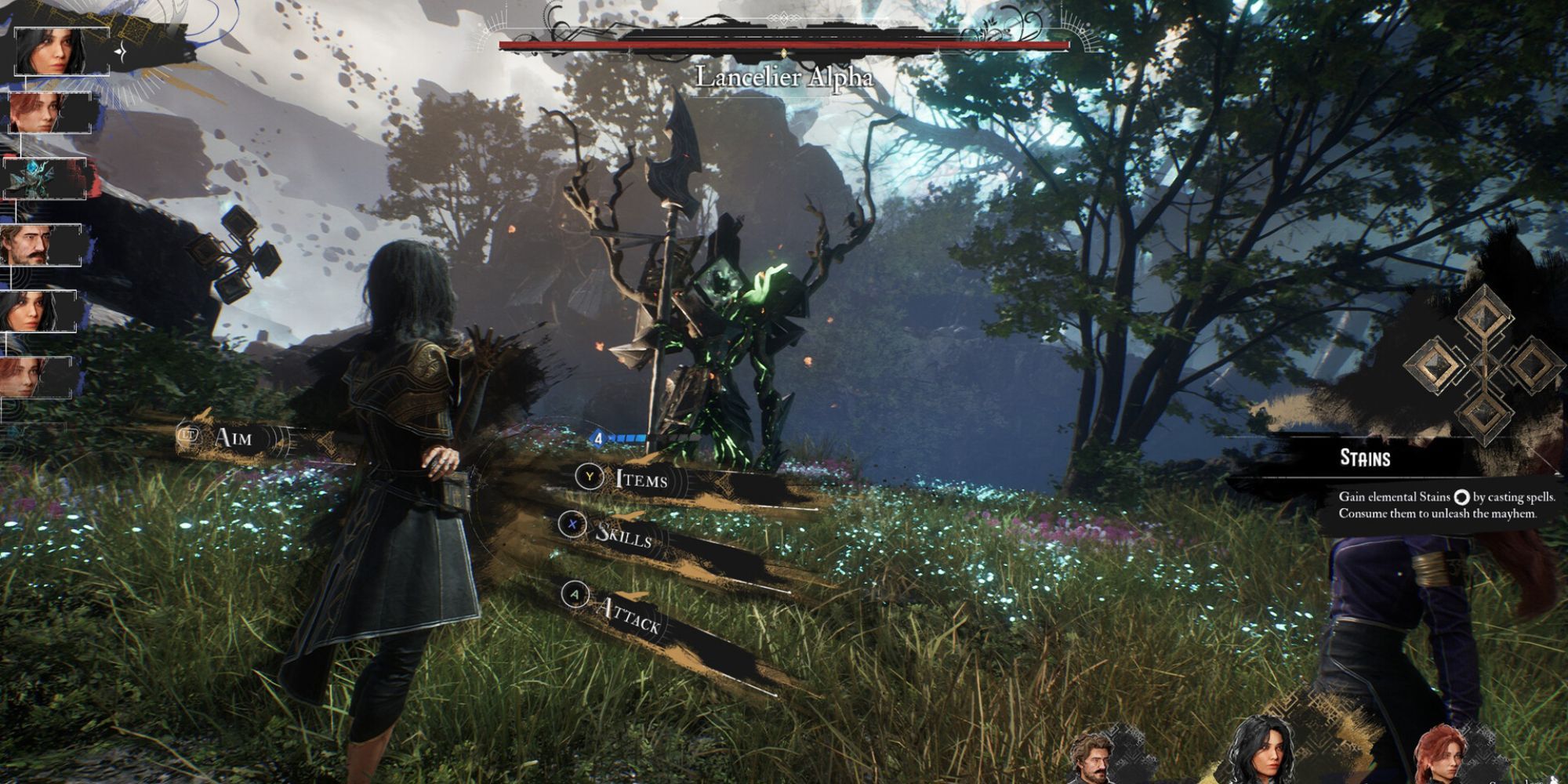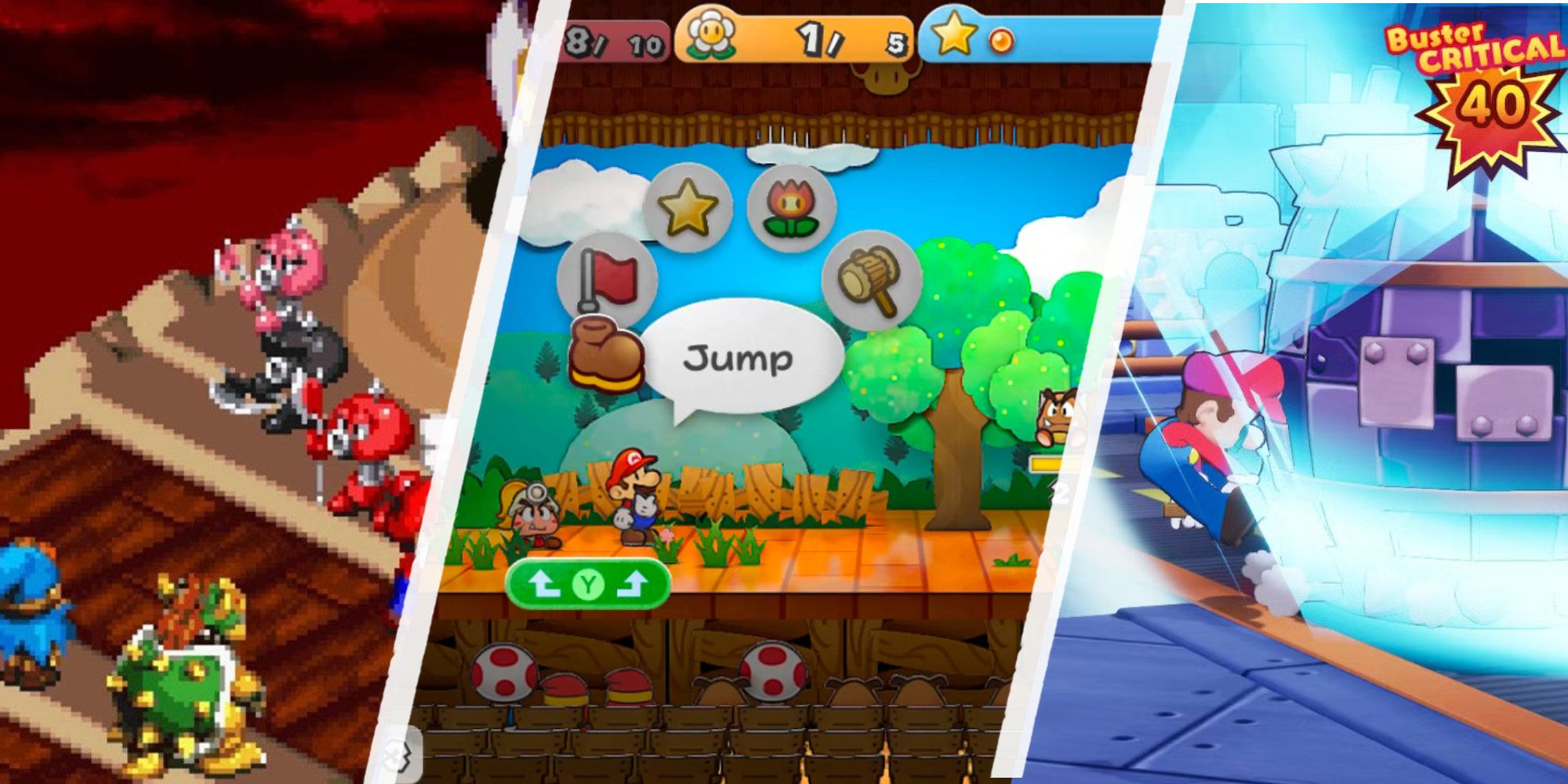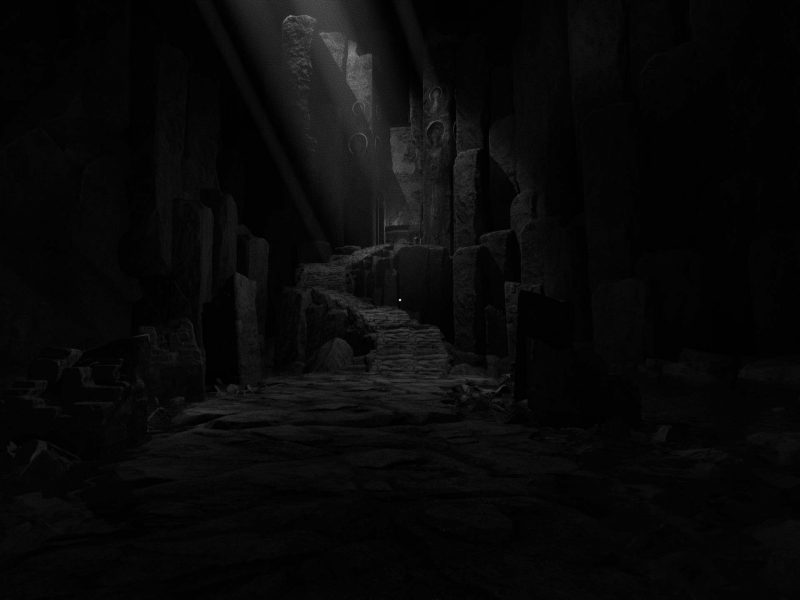Some days, the classic turn-based game formulas just aren’t cutting it. Time to consider strategic options is nice, but ample thinking time can miss out on the exciting tension of making split-second decisions.

Related
10 Best JRPGs For Non-JRPG Fans
JRPGs are an acquired taste for some, but these games are tasty no matter what.
Fortunately, there are plenty of turn-based systems which can keep your blood pumping with the inclusion of real-time elements. Whether you’re looking for killer JRPGs, battlefield tactics, or a more peculiar gameplay blend, there’s something for everyone.
That’s true even if you’re not into RPGs! Turn-based systems may be most common in RPGs, but that genre certainly doesn’t have an exclusive claim. In this list, we’ll do our best to keep an open mind to all varieties of turn-based games to survey the different real-time twists that exist out there.
10
Transistor
Time-Stopping Turns
The turn-based system in Transistor is small, but it has a big impact on the game’s combat. Numerous games let you pause and shift back and forth between turn-based and real-time modes. But in Transistor, you’re the only person who gets to take turns.
Pausing combat freezes time, allowing you to plan out actions. Once you finish planning, Red zooms into action, executing your commands with lightning speed. Then it’s back into the game’s core action-RPG mode while your action bar refills.
Because Transistor’s core concept is real-time—rather than turn-based—it can’t climb any higher on our list. However, Transistor’s unique concept certainly merits attention. Carefully planned turns facilitate explosive results, whether comboing for heavy damage or clearing mooks off the screen. This adds a strategic feel which blurs the line between static and active time.
9
Undertale
Why Is This A Bullet Hell?
Despite its cute aesthetic, Undertale features some straight-up brutal boss battles. The combat’s turn-based core has you decide how to act on a given turn. Undertale then shifts to a real-time response—kind of like a mini-game—as you try to damage the foe or avoid their attacks.
And those attacks can be tough to dodge—especially on a genocide run. Some boss attacks feel like Flowey unexpectedly loaded up a Touhou Project bullet hell.
Even though Undertale retains a fairly traditional turn-based structure, this real-time component does a fantastic job of amping up the tension. This mechanic plays a powerful role in crafting Undertale’s signature blend of roleplaying choices and tactical decisions in combat.
8
Knights Of The Old Republic
D&D In Space
Star Wars: Knights of the Old Republic is the archetypal example of an RPG which blurs the line between turn-based and real-time play. Based on D&D 3E, KOTOR nonetheless eschews turn-based gameplay to a surprising extent.
KOTOR plays out in real-time as you explore levels on various planets in a Galaxy Far, Far Away. Depending on your chosen settings, though, the game will pause during battles—shifting into turn-based mode—automatically after certain triggers. You can also hop into turn-based mode manually to give commands to your characters.
This creates an interesting contrast with other videogames based on D&D. Instead of playing out entirely as a tactical turn-based game, KOTOR lets you see the chaos of simultaneous actions during a single combat round. While remaining fundamentally turn-based, this certainly makes KOTOR feel more real-time than many other RPGs.
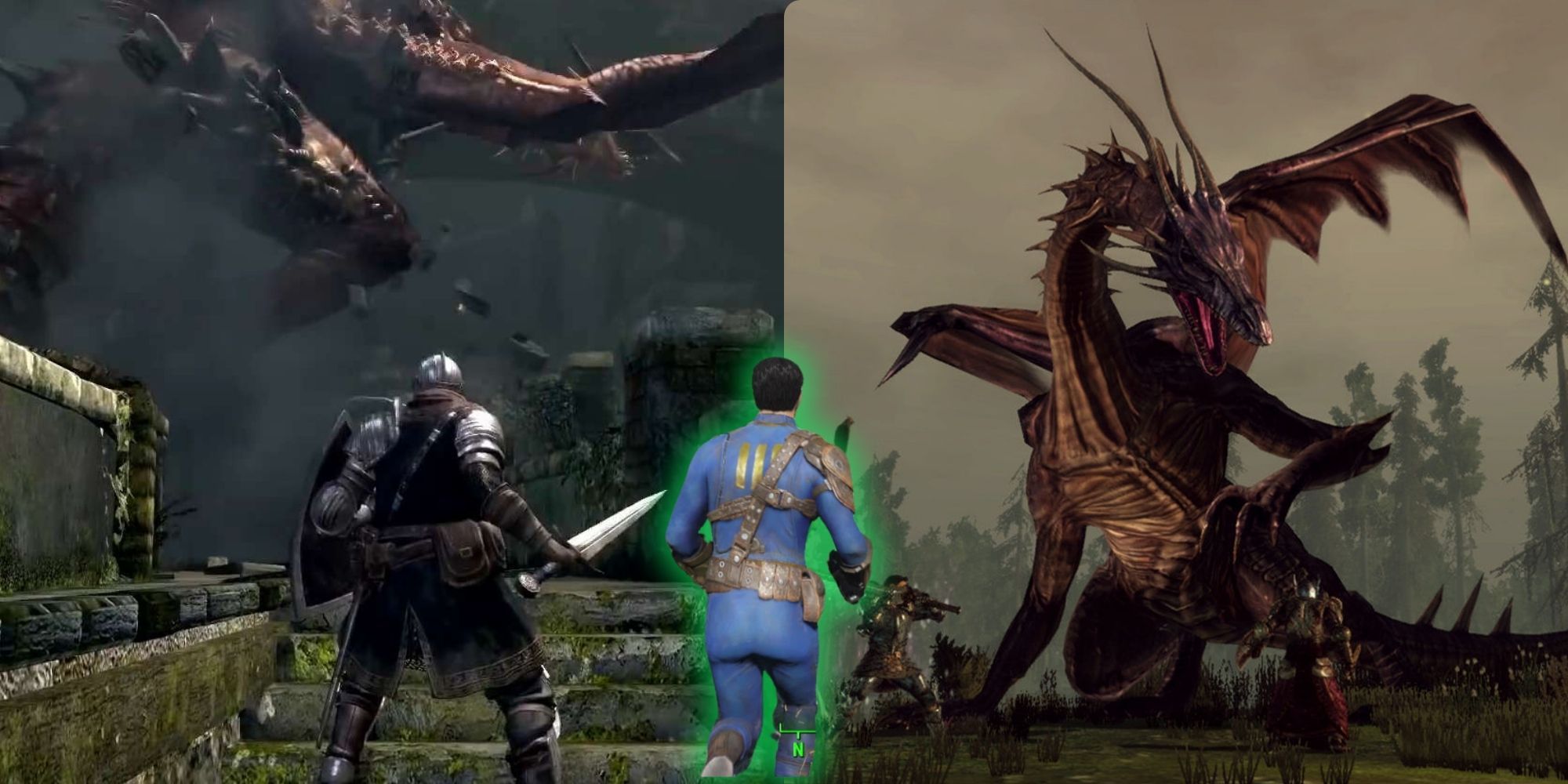
Related
10 Highly Reviewed RPGs That Would Flop Today
The mission design is simply archaic, with restrictions like failing the mission if you take just a few steps out of the mission area.
7
Chrono Trigger
JRPG All-Star
Chrono Trigger is one of the all-time JRPG greats for a whole slew of reasons. For our purposes here, though, it’s an exemplar of the Active Time Battle (ATB) system widely used in Final Fantasy and other Square Enix JRPGs.
ATB is a staple of the JRPG genre because it adds dynamism to otherwise traditional turn-based mechanics. During battles, a timer indicates when a character can take their next turn, depending on their speed. When playing in “active” mode, Chrono Trigger’s ATB timers don’t even pause in menus, creating a strong feeling of real-time play.
In my opinion, Chrono Trigger features the best use of ATB because it also plays into party dynamics. Different combo Techs are available, depending on your party’s members. This draws mechanics and roleplay closer together as you decide which of Chrono’s companions to prioritize while playing.
6
Valkyria Chronicles
Tactical Run And Gun
Valkyria Chronicles puts a twist on tactical gameplay through pseudo-real-time whenever you take an action. This puts a third-person shooter element on top of the game’s core formula of battlefield tactics with a large group of party members.
Upon selecting a character, you can move them and take shots based on their available Action Points. However, the number of characters you can activate each turn is limited by your Command Points.
Consequently, strategy matters just as much as—or more than—your ability to aim. On the small scale, you need to ensure characters are in cover at the end of their move (or better yet, positioned for overwatch fire on the enemy).
On the large scale, you typically have more characters than Command Points. The battlefield location and the efficiency with which you take real-time turns majorly impact victory or defeat.
5
Like A Dragon: Infinite Wealth
High Crimes And Honolulu
This entry in the Yakuza series—albeit dropping the franchise’s title—is the third game since the series’ genre shift in 2020. Like a Dragon: Infinite Wealth has the classic RPG indicators, from leveling and loot to a turn-based combat system.
Yet, Infinite Wealth remains connected to its brawler roots with real-time elements in its Live Command system. When you take a character’s turn, you’re able to move freely within a specified radius. Each other character also has a radius of movement—including foes—and moves while you take a character’s turn.
The result is a raucous and fluid take on turn-based structures. Overlapping radii affects the different ways you can attack and combo, making positioning key. Likewise, Infinite Wealth’s constant motion during a turn means it’s necessary to aim and dodge during combat.
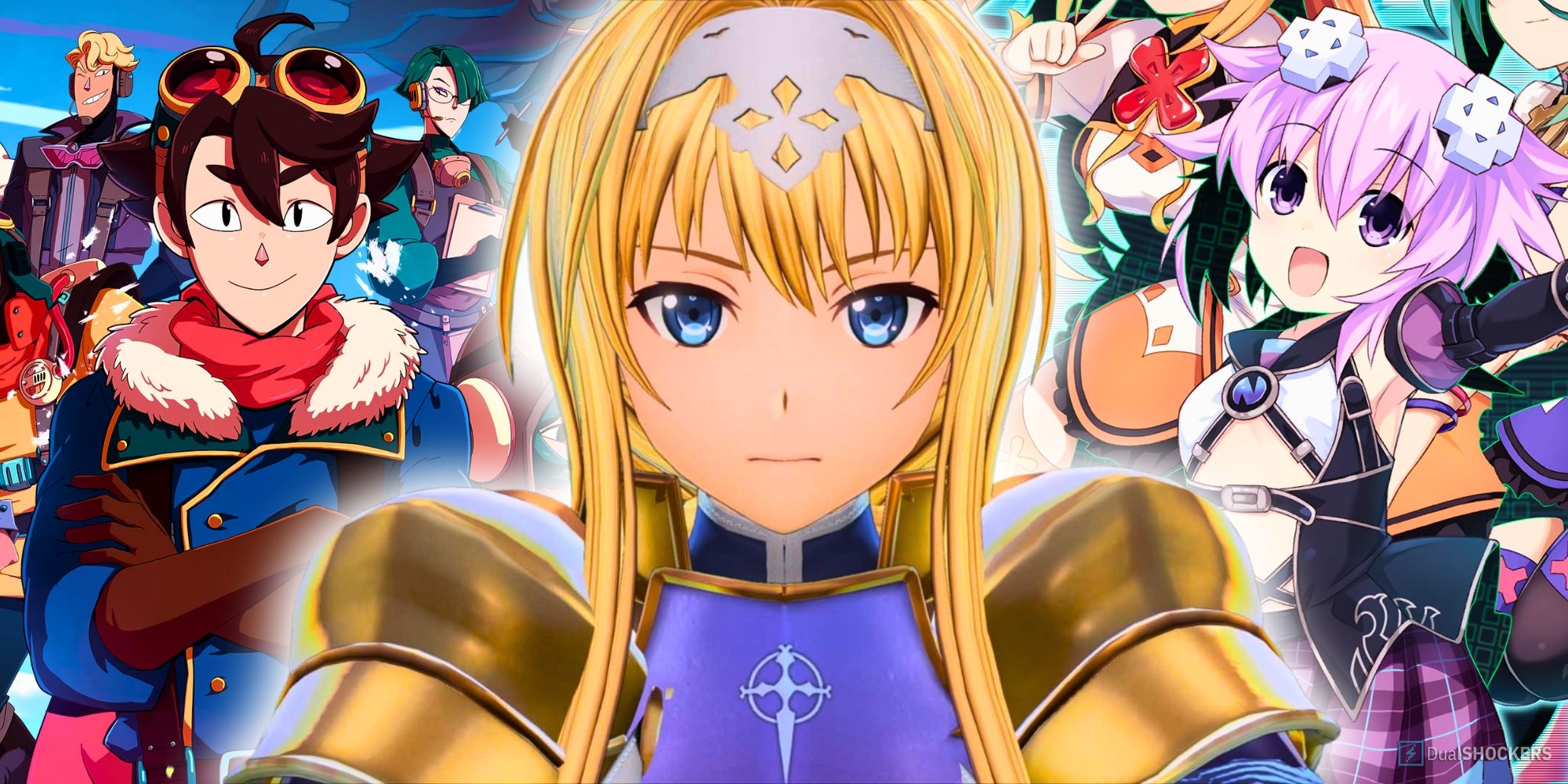
Related
10 Worst JRPGs of the Last Decade (According to OpenCritic)
As much as I love JRPGs, it’s hard to stand up for all of them.
4
Pokémon Mystery Dungeon
Exploring Simultaneous Turns
Do you also find yourself turning off battle animations or speeding up the emulator to play a Pokémon ROM hack more quickly? Then the simultaneous turns of Pokémon’s Mystery Dungeon series could be your perfect catch.
In the Pokémon Mystery Dungeon games, whenever you act, so does everything else. The result is a fluid turn-based system where you can stop and think, if needed, but you can also choose to proceed quickly.
This gameplay style also strikes a nice balance between traditional party-based JRPGs and more tactical games. Each dungeon is laid out on a square grid, and a Pokémon’s moves strike different patterns of squares. This increases the tactical options available, but the limited party size means it’s still worthwhile to focus on a few favorite characters.
3
Crypt Of The NecroDancer
The Turns Don’t Stop
One of the most intense blends between turn-based and real-time systems that I’ve encountered is Crypt of the NecroDancer, along with its Nintendo spin-off Cadence of Hyrule. This rhythm-based roguelike forces you to act in time with the music’s beat, no matter how fast the BPM.
This re-imagination of the “turn” fascinates me because there’s no chance to stop and think. Each beat is quite clearly a turn because it limits how both you and your foes can act. Yet your lack of control over the game’s pace distinctly separates it from the stasis of traditional turn-based systems.
Speaking as a musician, it’s also refreshing to find unique rhythm mechanics outside a mini-game or the too-familiar Guitar Hero and DDR formulas. Crypt of the NecroDancer’s relentless turns aren’t quite as intense as my high school band director chucking a dry eraser at the out-of-tune 2nd Clarinets (true story!), but they’ll definitely get your heart pounding to the beat.
2
Clair Obscur: Expedition 33
Precision QTE Execution
One reason Clair Obscur: Expedition 33 is 2025’s RPG darling is the smooth, action-packed pace of its combat. Occasionally seen (somewhat sarcastically) as a “Dark Souls of RPGs,” Clair Obscur energizes turn-based combat with closely timed QTEs to bolster Skills and defend or avoid enemy attacks.
While these mechanics certainly aren’t new to RPG fans, the Soulsborne-style narrow QTE windows contribute to the game’s difficulty. They also give a good reason to pay close attention the entire time you’re playing. As if a real-time game, stepping away during an opponent’s turn can be disastrous.
Combat certainly isn’t the only cause for Clair Obscur’s mainstream acclaim. But it’s certainly a contributing factor, as the game uses a familiar mechanic, in a familiar way, to create a new and surprisingly fluid gaming experience. It’s almost like inventing a new way to make a peanut butter and jelly sandwich.
1
Mario Franchise RPGs
Press A To Innovate
If Clair Obscur feels so fluid, then why isn’t it at the top of our list? The Mario franchise’s RPGs jump over the French masterpiece because they’re some of the most influential games in the genre.
1996’s Super Mario RPG introduced QTE elements to the classic turn-based formula. Further, the franchise’s RPGs didn’t just slavishly repeat Super Mario RPG’s gameplay. Additions and variations emerged throughout Mario’s various RPG adventures, such as the increasingly elaborate combo systems in the Mario & Luigi subseries.
This innovation can be found all over the RPG genre. From indie homages like Bug Fables, to South Park’s adults-only romp, to broad-audience successes like Clair Obscur, Mario has left his boot-prints on a remarkable number of games. To me, that easily marks it as the greatest turn-based/real-time blend around.
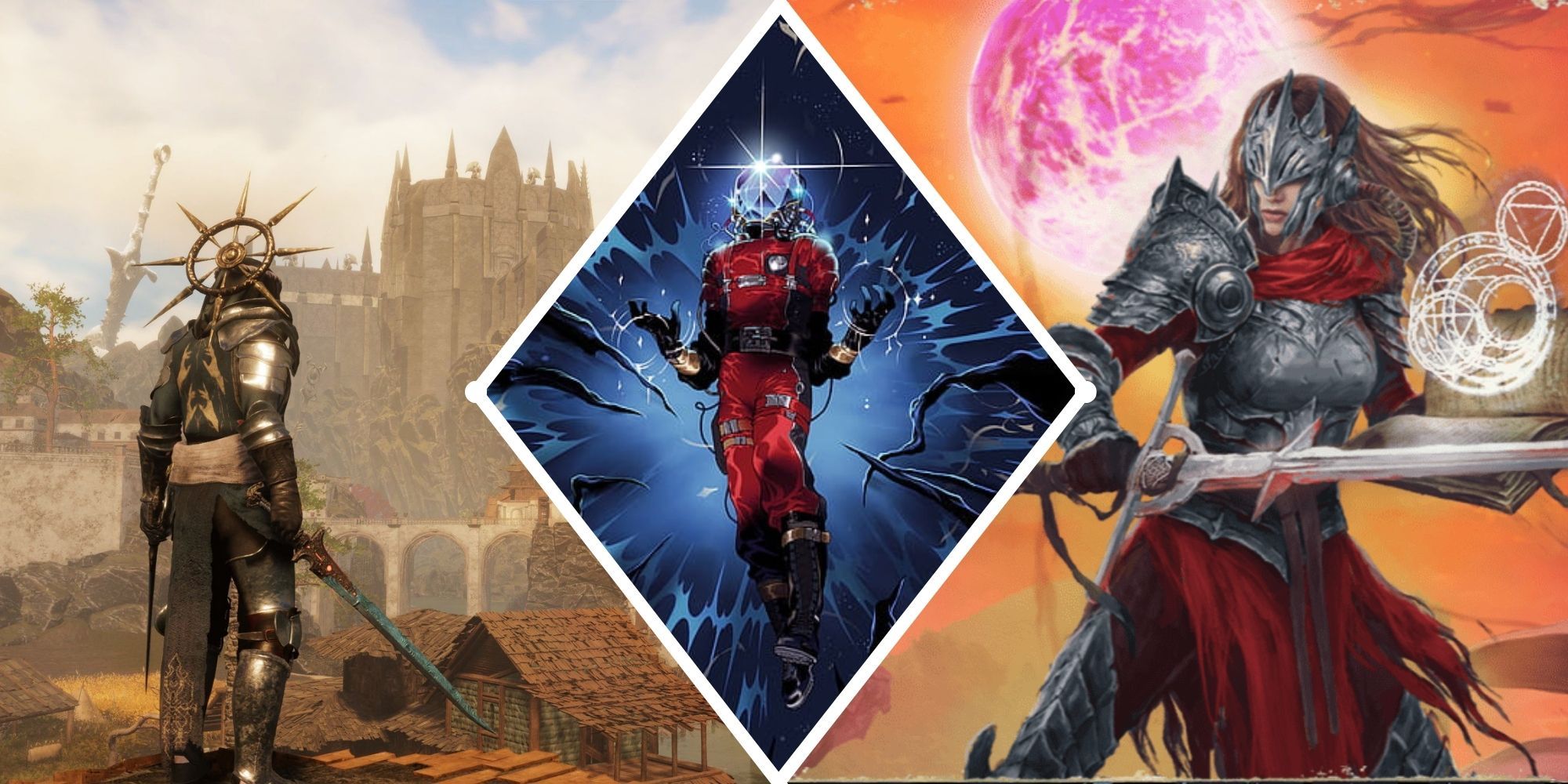
Next
